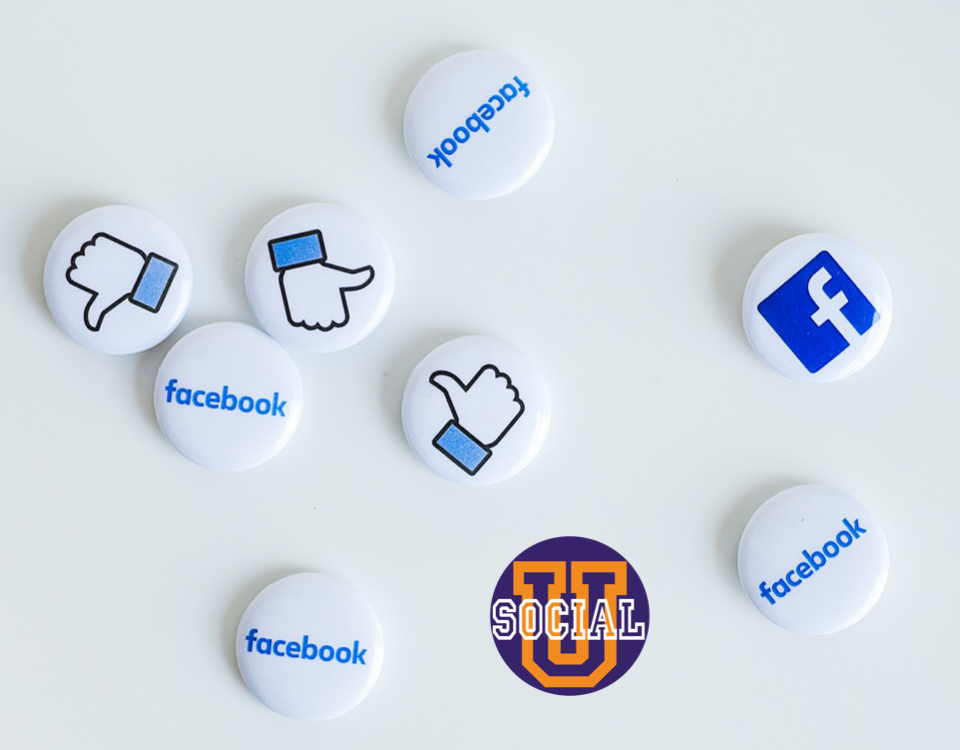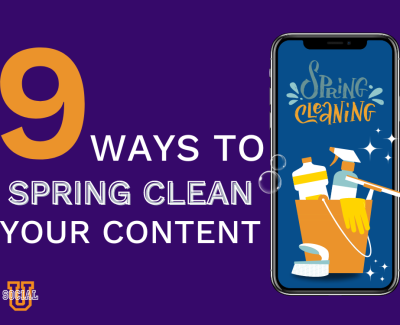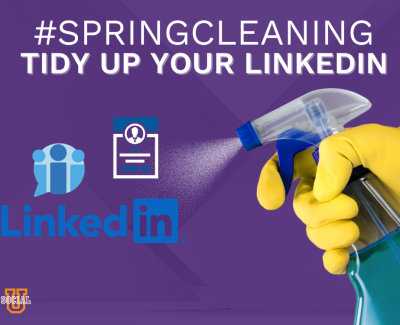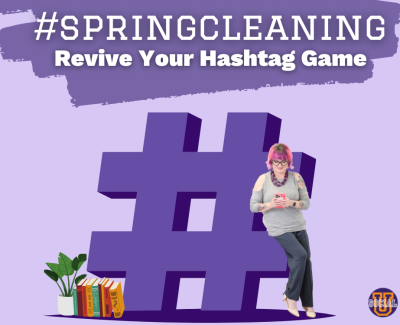First, let’s talk about stats. Ad impressions grew in this last year by 34%. That means that 34% more people saw ads than in the previous year. There are 7 million advertisers on Facebook and the average cost per click is $1.72. However, with the majority of our clients, we are able to get that cost per click to under $1 which is what you want. The potential reach of advertising on Facebook is 1.9 billion.
Why Advertise on Facebook?
The most important reason to advertise on Facebook is that your customers are on Facebook. I know many millennials would rather die than admit they’re on Facebook but the number of millennials on Facebook is growing daily. All of the categories are growing daily. The fastest-growing demographic is the 55+ crowd so if that’s your target market Facebook is a great place to be. With billions of users online it’s hard to go wrong with Facebook.
When clients ask where to start I almost always suggest Facebook just because that’s where everybody is. It’s also one of the easiest platforms to master so you can build that confidence level and go on and do other platforms.
It’s the most targeted form of advertising, giving you the ability to select the person you’re looking for. The big difference between Google ads and Facebook ads is that Google targets the search and Facebook targets the person. If you’re trying to decide which to use remember that Google is focused on the words a person is searching for and Facebook is focused on the person doing the searching. That allows your reach to go a little deeper on Facebook.
Facebook ads are great because they’re one of the most effective, least expensive forms of advertising. It’s also easy to check your metrics and know if your ad is working. Measuring ROI on Facebook ads is super easy. Facebook ads increase brand awareness. It increases website traffic if you’re driving traffic back to your website. It increases your revenue, sales, and leads. Also, it can lower your cost per acquisition, which is huge. Everyone needs to know how much it costs to get a client or follower. Is that an effective amount for you? You need to know your average cost per conversion. What’s a new client worth? That cost goes down with Facebook ads because you are reaching such a targeted audience.
Facebook ads make it easier to engage website visitors. Google ads make it super competitive and if you have any kind of budget at all it may or may not work for you. I’m not knocking Google ads. They have a place in marketing. They really do. However, if you are an entrepreneur who is just getting started or a small business owner, you may not have $1,000 per month to spend on Google ads. Also, if the word you’re looking for is super competitive, and you’re averaging $10 per day, you’re spending $300 per month. Let’s look at that. With a very competitive word at $10 per day, you may get it twice per day. If the person searching randomly is looking for kind of what you offer but not really, that budget is gone. It’s important if you use Google ads to have someone who knows what they’re doing because you can blow your budget in a hurry.
Secondly, you have to have the right keywords. With Facebook, the cost per click is lower simply because you’re targeting the actual person and Facebook stays within budget for you. You can tell them you want to spend $5 per day or you can say you have $100 to spend over the course of the month. Whatever your budget, they will take care of it. You never go over budget. I’ll never forget the first time I got my Google bill. It was the very first ad that I ever ran before I really had any clue what I was doing. I think my suggest budget was $200 and the bill I got was $500. “What’s the point of having a budget if you’re going to go over my budget?” was my thinking at the time but that’s how Google works. You really have to pay attention. Facebook is more automated and easies to just set your budget and go.
Facebook ads are great for building engagement. You can use them to send people to your website, to tell your audience about a specific event, or a variety of different options. You can send your audience to a very specific place, like a landing page, and track it to have an accurate idea of your ROI.

It’s a great way to build your email list. I always say the power is in the list. How many people do you have on your email list? You do understand that as a business owner you average about $1 per month for each person on your email list, right? Let that sink in for a second. $1 per month. If you 3,000 people on your email list and you’re consistently using email marketing to promote and sell your products, on average you’re going to get about $3,000 per month. That’s awesome. You’ve got to grow your list. Doing it with Facebook ads is a great way to go. You just set up your lead generator, set up your ad, and then you run your lead generator through your ads so that it goes to your landing page. Then you can get those emails. If Facebook shut down tomorrow, what would you have? Nothing. You don’t own it. You don’t have anything until the email is in your hands.
Facebook ads grow your blog traffic. If you have an awesome lead generator, you can include it in your blog post to capture the lead. It just depends on what you’re offering. If I offer you a quiz, like “Is Your Pinterest Set Up the Right Way for Business?”, I can direct you to a blog that has some information about it then at the bottom include the checklist or quiz. Those 2 things can totally work together.
It’s great for SEO. It’s difficult to get people to go to your website. Facebook ads drive traffic to your site. Google then sees that people are going to your site so it gives your site a higher ranking. It’s kind of like being the popular kid in school. When lots of kids hang out with you, that makes the other kids think you’re cool and they want to hang out with you too.
Facebook Ads allow you to break into new markets. If you’re a photographer who has specialized in weddings throughout your career and you want to transition into family photography, Facebook ads are a cost-effective way to do that because you can target those specific audiences. For instance, you can target people who have kids ages 0-3 years old. If you are a race car driving instructor and want to transition to a driving instructor for students, you can target families with 16-year-old kids. You can target for your geographic area as well. You can target based on zip code and end-user. Does it work to break into new markets? Yes, it does and you can see it working in real-time. You can pull up your ad at any time and see if it’s working. Sometimes they don’t work and you have to tweak them, but you don’t have to wait until the end of the month after you’ve blown your budget to find out. You can tell immediately.
It also allows you to be where your competitors are. Did you know that if your competitors are running an ad on Facebook you can go look at it? If you’re on Facebook on your laptop or desktop, you can go to your competitor’s page and at the bottom of the page, on the lefthand side, is an ad center. It will tell you if they’re running ads. Most people don’t run effective ads. If you go look and your competitor isn’t running an ad, it’s a great way to just stomp them right into the ground. I hate to say it like that but it’s true. If you’re running an ad and they’re not, your odds of being seen go up exponentially.
Advertising is mobile. Most of the advertising we do through Facebook, probably 98%, is exclusively on a cellphone because that’s where people live and breathe. The next time you’re at the doctor’s office, look around the waiting room. No one is watching the tv or reading the magazines. Everyone is on their phone. There’s a reason for that.
Components of Ads that Convert
The Right Offer
You have to have the right offer and timing is everything. Recently we worked with a company that sells products to help with intubation. The release of this product happened to be right at the start of the quarantine period. Would I run an ad for this product that had the word Covid in it? Absolutely. If it benefits the end-user and isn’t a tacky use of the terminology then go for it. If I’m a home improvement store and a tornado just ripped through the area, can you run an ad that says “Were you hit by the tornado?” I wouldn’t but you can run an ad that says “Lumber on sale! Are you making repairs? Anything we can help with?”. There’s a great way to work with timing but you need to be careful with your wording so you’re not tacky.
The Right Audience
Some people struggle with this and it can be very hit-or-miss when you get started. However, after you’ve been doing it for a while and you find that sweet spot, your ads will blow up. When you can get your ad clicks down below a dime, that’s beautiful. The sales go up and the ad costs go down the longer you do it. You have to know who your end-user is. When you’re thinking about who you’re going to target the correct answer is NOT everybody. It’s never everybody. Everybody is not going to love you and need your product. The more targeted you can get your audience, the better your results will be. It may drive the price up a bit but is it worth a $1 per click to have a very qualified lead or email in my hand versus 50 cents per click for some random person who just happened to see the ad? It’s totally worth it.
A Good Graphic
You need a good graphic to have a Facebook ad that converts. There is an 80/20 rule for graphics. Facebook has a page called Facebook Layover where you can upload the graphic you’re going to use for your ad and, just like a traffic light, it gives you a red, yellow, or green rating. Green means it’s totally good. Red means never gonna happen. Yellow also means it’s never gonna happen. With yellow, you can use it but they’re not going to let anyone see it. You can’t have this great ad with an awesome audience and a graphic that is 80% text. They’re never going to let anybody see that. Business owners often want to jam all the information into this little tiny space but your graphic only needs to have the highlights. We can get into the details in the content of the ad itself but I don’t need to know the history of your company in this tiny little 300-pixel graphic. The graphic needs to look polished and good.
Optimal Audience Size
If you only have $5 per day and you have an audience of a million people, those numbers are brutal. Just don’t get your audience size so small that you’re driving your own price up. It has to be just right. Like the Goldilocks principle, Facebook has a meter that is red on one side and green on the other side. Your goal is to get right in the middle. When it’s in the middle that means there is a big enough pool to draw from multiple users and small enough to be effective without driving your price up.

The Right Type of Ad
Are you boosting a post? Are you driving engagement? Are you driving traffic? Are you retargeting? What are you doing? The type of ad you run will dictate a lot of your success right off the bat. I may want to do an ad that retargets people who watched up to 15 seconds of my video. That’s a very qualified lead. Now, there is a place for boosted posts but not all the time. Boosted posts work beautifully if you are having a sale or an event. If you want to get likes for your page, boosted posts are not the way to do it. You have to know your objective before you go in to set up your ad.
The Right Content
Most clients want to bury the lead. What does that mean? It means they don’t want to tell you what they’re selling until they get to it and that’s not good. You need to make your point in the very first sentence. 9 times out of 10 you’re going to ask a question. “Looking for a new car?” Be careful about using the word “you” because Facebook doesn’t like that in their ads. So don’t say “Are you looking for a new car?”. Father’s Day is right around the corner. A retailer may start with “Looking for the perfect gift for dad?”. That’s how you want to get started. As a general rule for content, you have your question which is your call to action. You have a link so that you can send them where you want them to go. You have the “why” part of your content followed by the call to action and link again. You have to make it super easy for your end-user to get where you want them to go. You don’t want to use a lot of jargon or technical stuff. I don’t need to know that it’s your grandfather’s business and he came over on the Mayflower and you’ve been doing this for 200 years. That’s awesome. Put it on your website. Don’t put it in your ad. You want to really get to the point in your ad.
The Right Destination
If you are running an ad that goes to your website, it better go somewhere that asks them to do something. If you’ve spent all this energy creating a great graphic and crafting amazing content, then you run the ad and just send them to your homepage that doesn’t have a call to action and is random with all this other information, you’ve wasted your money. You have to send them to a page that makes sense that asks them for the one thing you’re asking them for. You need a landing page. You can use something like ConvertKit or Click Funnels, which are super easy to use. For instance, you can watch tutorials for ConvertKit then use their templates. You drop in your graphic. You can drop in content very similar to your ads. Easy is good. You can create not only your own landing pages, but you can create custom buttons as well. You can create your own button for your homepage, have the ad drive them to your landing page, and make it easy for them to get to where you want them to go.
Run Different Ads Periodically
Yes, if you have an awesome ad that works it is very tempting to use it over and over. You don’t have to reinvent the wheel to refresh your ad. It can be as simple as using a new graphic, a new tagline, or different emojis. It could be a different audience. You just want to periodically try something a little bit different so that you’re not wearing out your audience. This is especially true if you have a very qualified audience. Areas like medical or legal for instance have very few users so you have to be careful to change it up for them so that they receive the information effectively.
Create Ads that Convert
Now you know why Facebook Ads work and how to create ads that convert. The only thing left to do is put that knowledge to work and create some quality ads that lead to conversions for your business.



0 Comments